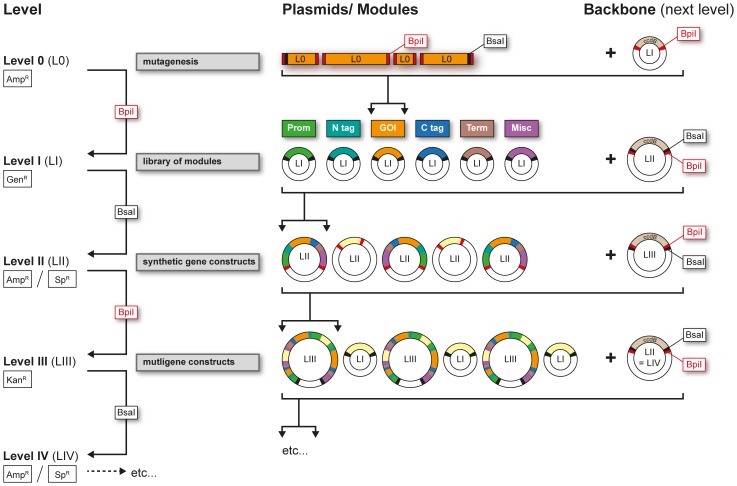Figure 1. Overview of multi-level construct assembly.
The basis for the toolkit is a library of Level I functional modules, consisting of promoters (Prom), amino-terminal tags (N tag), genes of interest (GOI), carboxy-terminal tags (C tag), terminators (Term) as well as miscellaneous modules (Misc). Removal of type IIS sites can be facilitated by creation of L0 fragments for mutagenesis (see Figure S3). Level I modules are assembled into a Level II vector backbone by BsaI cut-ligation to construct synthetic genes. Up to 5 LII synthetic genes are combined into a LIII vector backbone by BpiI cut-ligation to create a LIII binary plasmid. Higher level constructs can be created by sequentially using LII and LIII vector backbones. For instance, LIII multigene assemblies are combined together in a LII backbone to obtain LIV plasmids, while LIV multigene assemblies are again ligated into LIII backbones to create LV constructs. BsaI and BpiI cut-ligations are used in succession to assemble the inserts of one level with the backbone of the next one. Backbone vectors for each level carry a ccdB negative selection marker, as well as a different antibiotic resistance, allowing for easy selection of correctly assembled constructs. Level 0 vectors use ampicillin resistance (AmpR), Level I vectors gentamicin (GenR), LII cloning-only vectors (AmpR), LII binary vectors spectinomycin (SpR) and Level III binary vectors kanamycin (KanR).

